Southeast Asia is a region rich in natural beauty, culture, and history. Beyond breathtaking landscapes, many destinations across this region also bring significant benefits to local communities through tourism.
Here are 8 unique travel destinations in eight different Southeast Asian countries, along with their economic contributions and reliable reference links.
1. Laos—Plain of Jars & Luang Prabang
Laos is home to two iconic spots: the Plain of Jars, a mysterious archaeological site with thousands of ancient stone jars scattered across a plateau, and Luang Prabang, a UNESCO World Heritage city filled with Buddhist temples and colonial architecture. Tourism in these areas supports local income through homestays, markets, and guided tours.
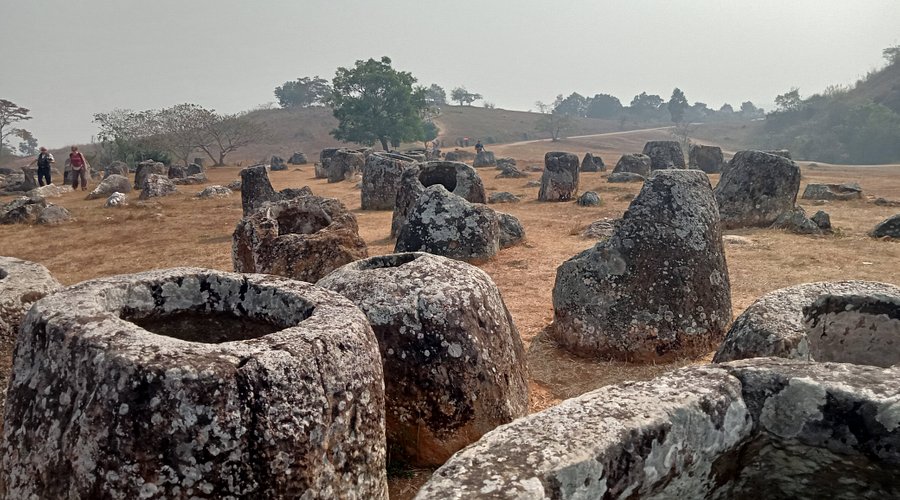
2. Philippines—Chocolate Hills
Located in Bohol, the Chocolate Hills are more than 1,200 cone-shaped hills that turn brown during the dry season. This natural wonder attracts thousands of tourists annually and creates jobs for local guides, innkeepers, and souvenir vendors.
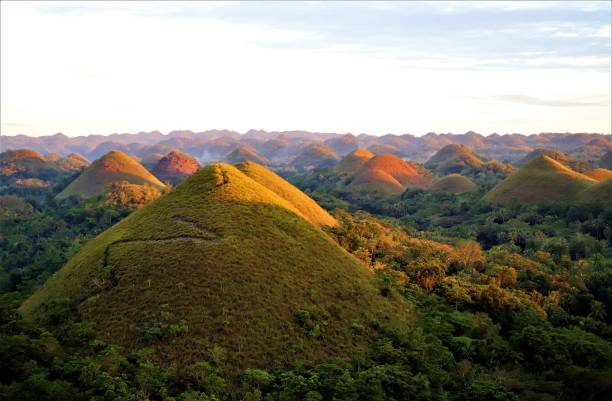
3. Indonesia—Jodipan Colorful Village
Once a rundown neighborhood, Jodipan in Malang has transformed into a vibrant tourist destination thanks to colorful murals painted by art students. The local economy thrives through entrance fees, parking services, and small eateries run by residents.
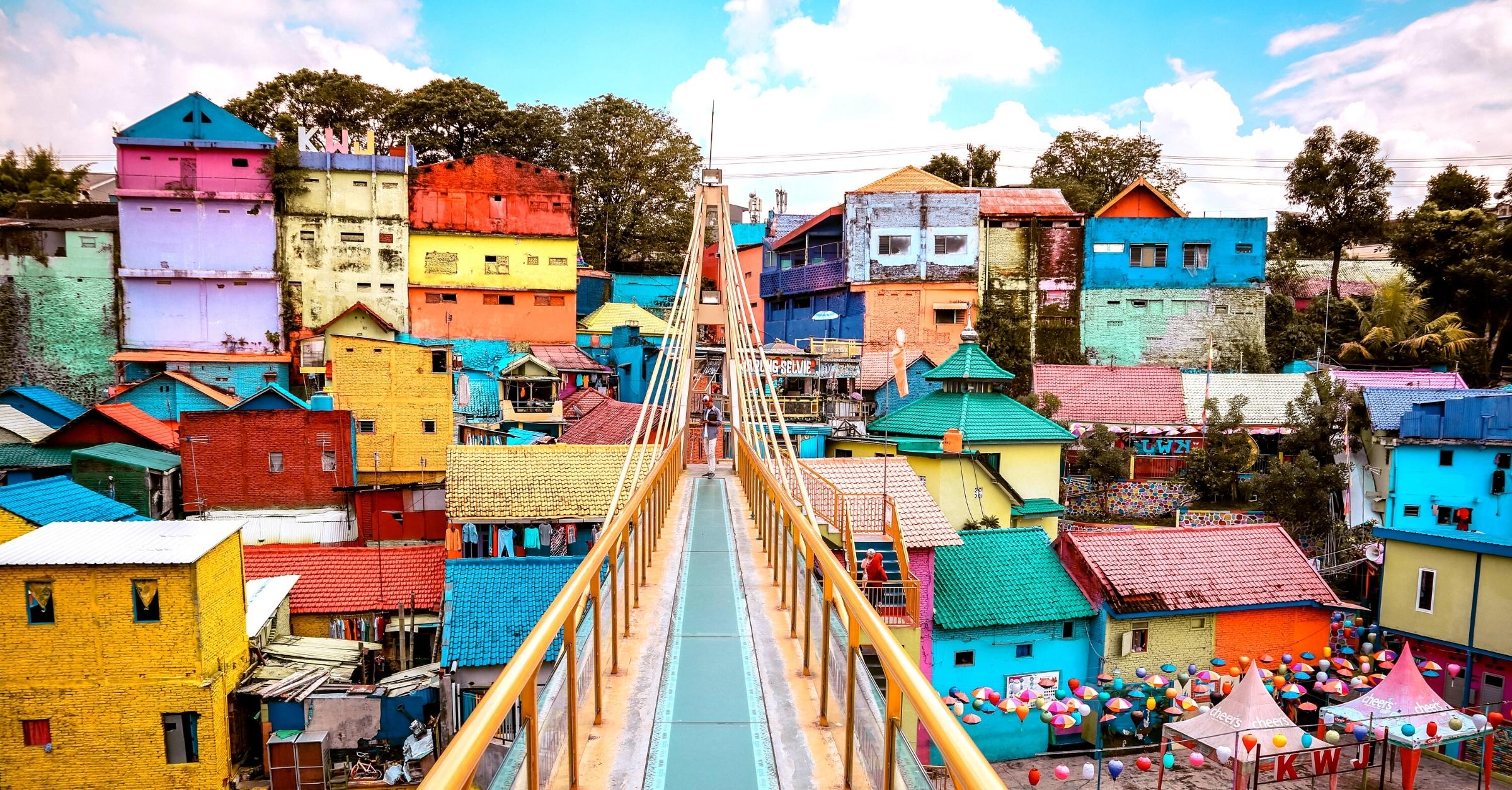
4. Myanmar—Hpa-An
Hpa-An is a serene town surrounded by limestone caves and rice fields. As more tourists visit, locals are opening guesthouses and offering tour services, improving the rural economy through sustainable tourism.
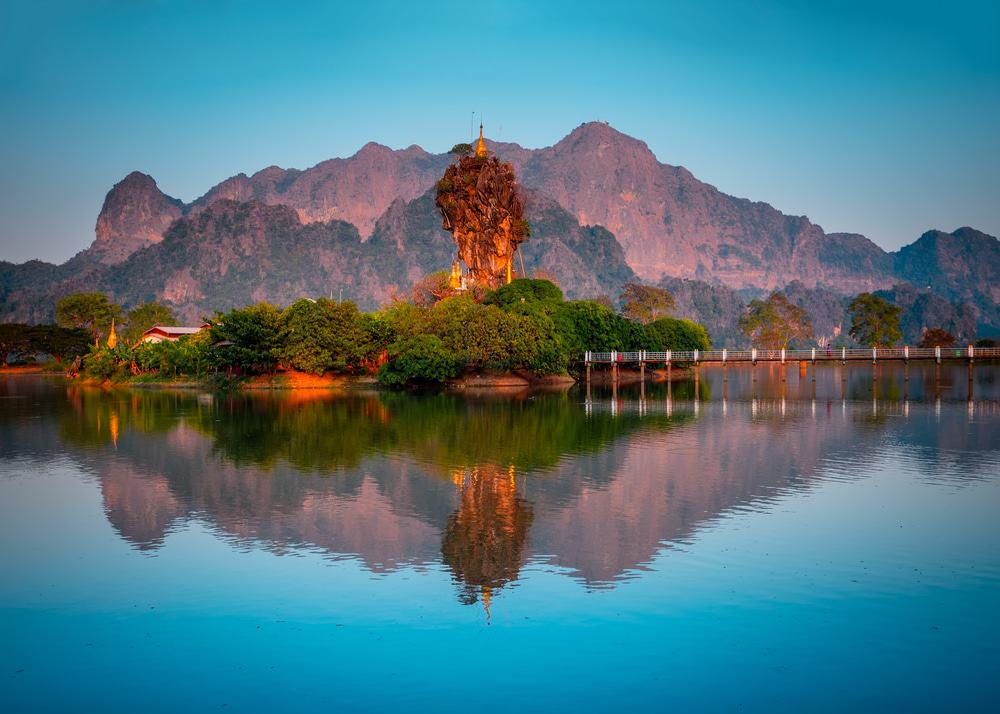
5. Cambodia—Kampot & Kep
Kampot is known for its organic black pepper farms, while Kep is famous for its fresh seafood, especially crab markets by the sea. These towns are growing as ecotourism destinations where locals benefit through culinary tours and farming experiences.

6. Malaysia—Perhentian Islands
The Perhentian Islands are a top tropical destination in Malaysia, known for crystal-clear waters and vibrant coral reefs. Many locals rely on tourism by running guesthouses, dive centers, and small restaurants.
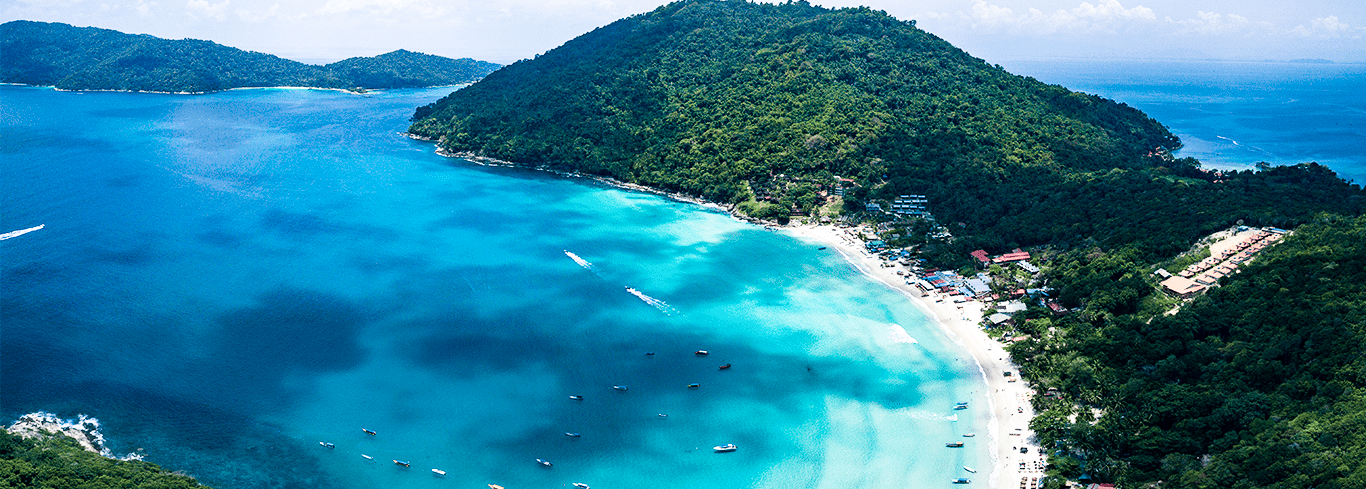
7. Brunei Darussalam—Kampong Ayer
Kampong Ayer is the world’s largest water village, home to over 30,000 residents. With floating houses, schools, and mosques, it now welcomes cultural tourism, offering income opportunities for locals through guided tours and crafts.
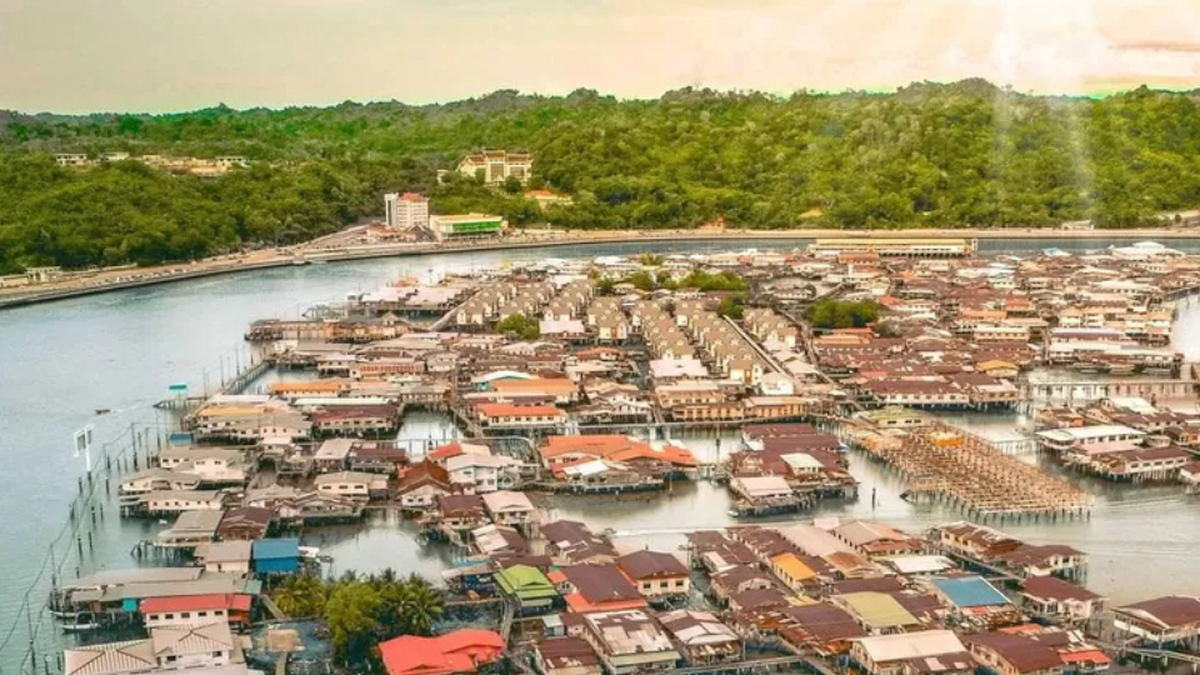
8. Timor-Leste—Timor & Atauro Islands
Still relatively undiscovered, Timor-Leste offers pristine beaches, diving sites, and trekking adventures. Community-based ecotourism here helps generate sustainable income through local stays and nature tours.
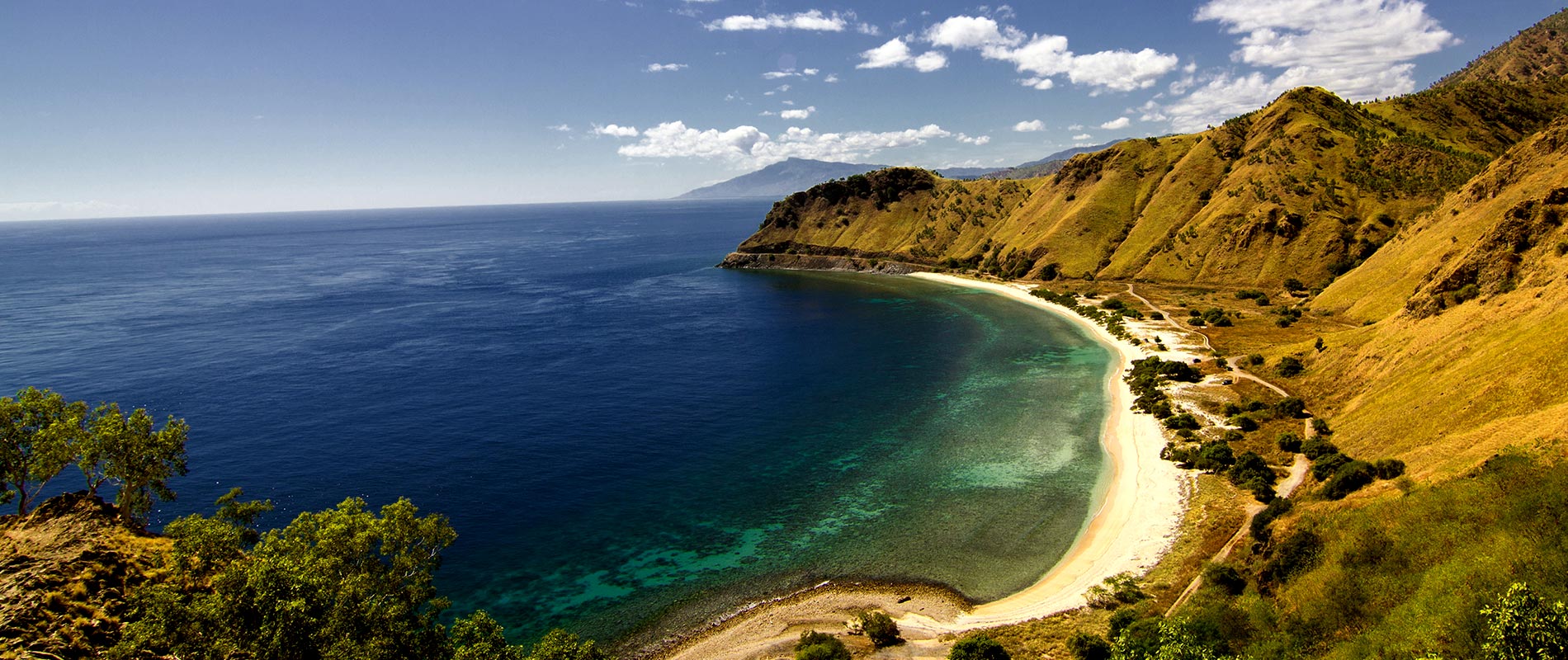
These destinations highlight how tourism in Southeast Asia isn’t just about sightseeing—it’s about empowering local communities. When travelers visit these places responsibly, they support local economies and help preserve the region’s natural and cultural heritage.
The natural beauty and cultural richness of Southeast Asia, from the misty highlands of Laos and the vibrant villages of Indonesia to the tranquil waters of Brunei Darussalam’s Kampong Ayer and the pristine shores of Timor-Leste, offer far more than just stunning scenery. These destinations are living stories, where heritage and hospitality intertwine.
Tourism in the region is not merely about sightseeing; it is a vital force that empowers local communities, sustains livelihoods, and preserves cultural identity. By traveling responsibly, visitors play an active role in strengthening local economies while helping protect the very landscapes and traditions that make ASEAN so unique



















